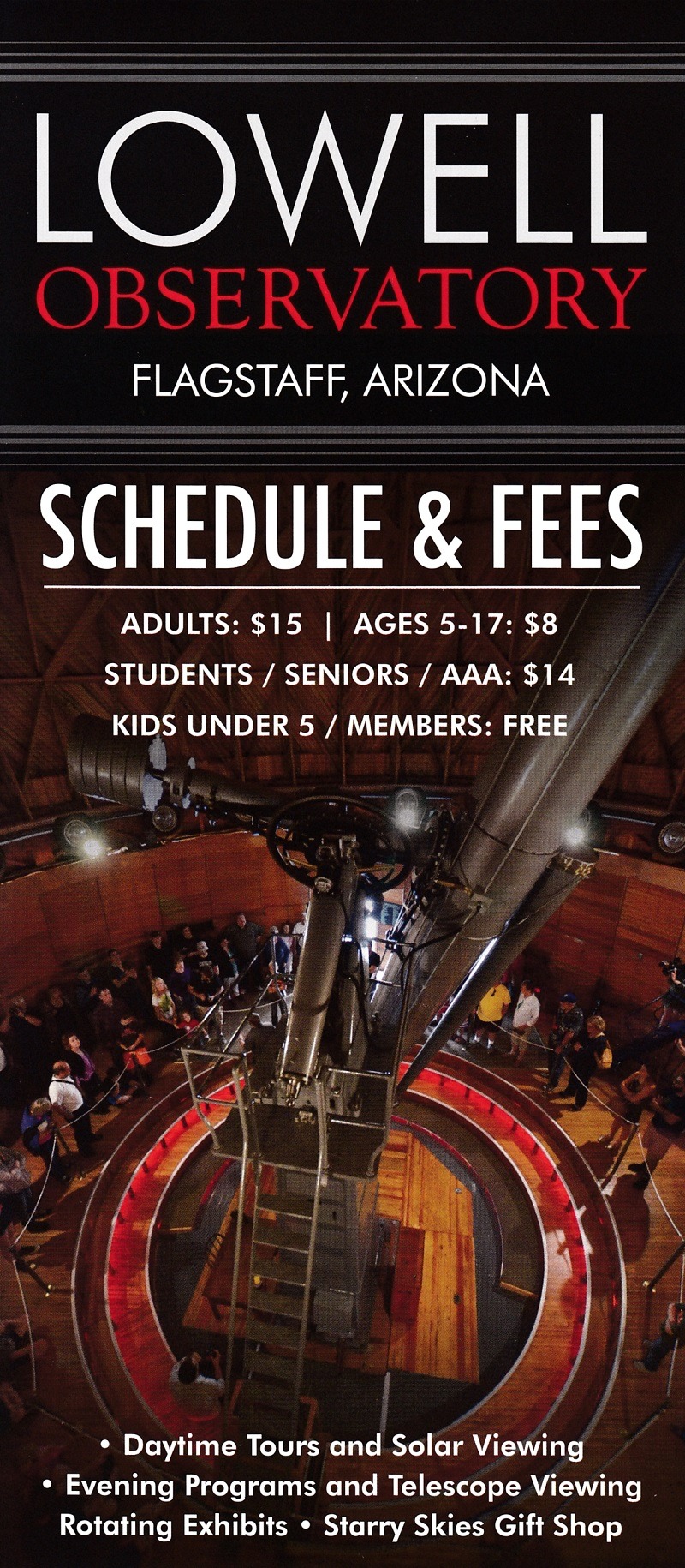


Visitors also say the presentations put on by the observatory's knowledgeable staff are not to be missed. Many travelers recommend visiting Lowell Observatory at night to get the most out of the experience, since that's when the stars are at their highest relief. Today, the observatory is home to a variety of telescopes, as well as artifacts like Lowell's first telescope, classic scientific books and instruments built by the observatory's scientists for measuring the physical characteristics of celestial bodies. In fact, researchers at the observatory were the first to discover Pluto. Throughout the years, the observatory has been credited with making a handful of important findings. This observatory was founded in 1894 by the Harvard-graduated mathematician Percival Lowell. “Clyde searched the photos that were basically filled with tiny dots and looked for something that changed position.At the Lowell Observatory, visitors can conjure their inner astronomer by peering through world-class telescopes and sitting in on lectures on topics like black holes and the history of Pluto. “There were two steps : taking photos and analyzing them,” says Kevin Schindler. But he spent a lot of time looking at sets of glass negatives. It had been built specifically to aid in the search for the elusive Planet X, a theoretical ninth planet. Once hired, he worked with a new telescope at Lowell Observatory in Flagstaff, Ariz. After he sent his sketches of Jupiter and Mars to the Lowell Observatory, the self-trained astronomer was hired. When he arrived at Lowell, it was 1930, and he had come to Lowell from Burdett, Kan., where a hailstorm devastated his family’s harvest and destroyed his hopes of studying at university. On his family farm, he built his own telescopes to explore the night skies. Clark Telescope Dome at Lowell Observatory in Flagstaff Photo: Courtesy Lowell Observatory How Pluto Was Discoveredīut the story behind Tombaugh is pretty interesting, too. “Of all the traditional nine planets, only Pluto was discovered in this country, so it’s a neat piece not only of scientific history but American history,” says Schindler. The telescopes are housed in a variety of interesting buildings that pop up like giant mushrooms from the ponderosa forest floor.

You also can view the moon’s craters and sometimes see Saturn’s rings through the 32-foot-long Clark Telescope. The Giovale Open Deck Observatory opened opened in 2019, which is a public observing plaza featuring six advanced telescopes for viewers to see star clusters, galaxies and more. The observatory’s Junior Astronomer is a great program that allows kids to fill out a packet on-site and receive a patch. Learn more at /GCJ.īe sure to check out the interactive Space Guard Academy exhibit, which also is popular. Today, you can tour the beautiful grounds of the observatory with friendly, knowledgeable guides and experience the universe though widescreen multimedia shows, exhibits and live presentations. Clark Telescope Photo courtesy of Lowell Observatory Visit Lowell Observatory Today Giovale Open Deck Observatory at the Lowell Observatory in Flagstaff (Photo: Courtesy Lowell Observatory) These maps proved critical to assisting in the astronauts in deciding where to land on the moon, says Kevin Schindler, Lowell Observatory’s historian. Working around-the-clock for a decade, groups of airbrush artists and scientists used the telescope to look at the topography of the moon and draw beautifully detailed maps of the moon’s surface. Yet, Lowell Observatory became ground zero for mapping the moon, thanks to the famed Clark Telescope, which was built in 1896. Kennedy announced in 1961 that astronauts from the United States would land on the moon’s surface before the end of the decade. Thirty-one years later, the observatory became part of another momentous event. In the race to be the first country to put people on the moon, President John F. In 1930, 24-year-old observatory assistant Clyde Tombaugh took pictures through a telescope at Lowell Observatory in Flagstaff, Ariz., and spotted something very unusual.


 0 kommentar(er)
0 kommentar(er)
